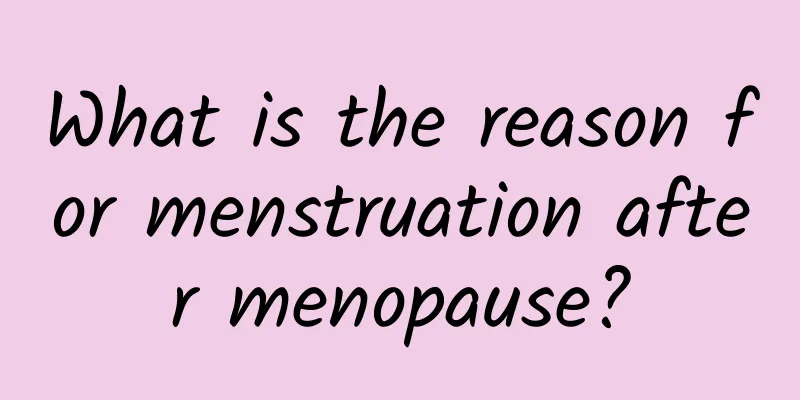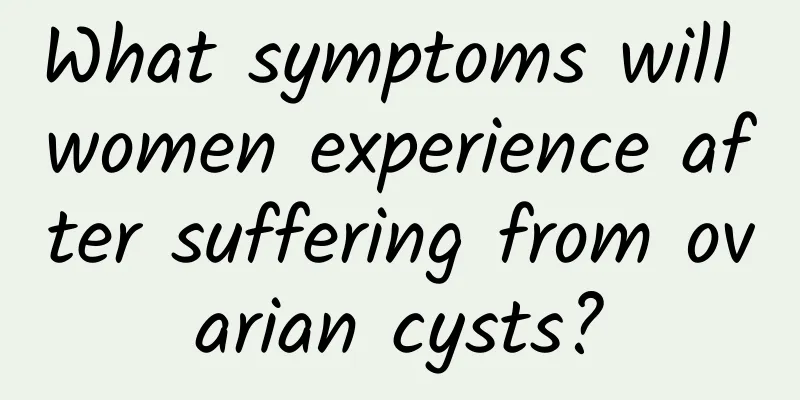Clinical symptoms of cervical polyps

|
Cervical polyps are a manifestation of chronic cervicitis, which is more common in married women. It can cause great harm to patients, so everyone should know more about this disease. Here we will talk about the clinical symptoms of cervical polyps. Due to the long-term stimulation of chronic inflammation, the cervical mucosa continues to proliferate and accumulate, and protrude from the basal layer of the mucosa to the external cervical opening, thus forming cervical polyps. The roots of polyps are mostly attached to the cervical canal or the external cervical opening. They are generally small, with a diameter of less than 1 cm, single or multiple. There are also larger ones, with a diameter of several centimeters, with pedicles, and protruding outside the cervical opening as they grow. Small polyps remain in the cervical canal and only slightly appear at the cervical opening. Understanding the clinical symptoms of cervical polyps: Although cervical polyps are a relatively common gynecological disease, they are easily overlooked due to their small size. More than one-third of patients lack obvious symptoms and are often discovered only when they are examined for other gynecological diseases. Even if there are symptoms, most of them are mild, mainly a small amount of bright red spotting, or a small amount of bleeding after sexual intercourse, which is sometimes mistaken for "return of menstruation". The amount of bleeding in a few people can be similar to menstruation. Some patients may have yellow leucorrhea at ordinary times, most of which have a peculiar smell, or blood in the leucorrhea; it can also manifest as vaginal bleeding after menopause, and unmarried patients often show that there is a tumor prolapse at the vaginal opening. Or the main complaint is contact bleeding, especially spotting or bloody leucorrhea after sexual intercourse or defecation, and the amount of bleeding is generally not much. Polyps covered with squamous epithelium on the surface generally have no contact bleeding or bloody leucorrhea due to their tough texture. If cervical polyps are accompanied by severe cervicitis, symptoms of cervicitis may also occur, but early examination and timely treatment are still required. Causes of cervical polyps: The cause of cervical polyps is generally believed to be due to long-term stimulation of chronic inflammation, which causes the proliferation and accumulation of the cervical endometrium. The above is a detailed introduction to the clinical symptoms and causes of cervical polyps. I hope these introductions are helpful to everyone. I would also like to remind everyone: if you find yourself having the above symptoms, please go to a professional and regular hospital for diagnosis and treatment in time. |
<<: How to treat cervical polyps
>>: Answer the cause of cervical polyps
Recommend
Environmental factors are generally the main cause of ovarian cysts
Environmental factors are generally the main caus...
What are the factors that cause ovarian cysts?
Ovarian cysts are not unfamiliar to women, but du...
Will pelvic expansion cause obesity? Try lying down to lose weight
There are various causes of obesity, and one of t...
What causes severe cervical erosion? What to pay attention to when you have severe cervical erosion
Many female friends do not develop good living ha...
Eliminate misunderstandings in the treatment of pelvic inflammatory disease
Pelvic inflammatory disease is a common gynecolog...
What causes irregular menstruation?
What are the causes of irregular menstruation? So...
Can you lose weight by eating fruits without getting fat? Nutritionist: He is the calorie king...
Celebrities have various ways of losing weight. S...
Experts introduce suitable diet for irregular menstruation
For patients with irregular menstruation, some fo...
Is pelvic effusion 38×15mm serious?
Is pelvic effusion of 38×15mm serious? Pelvic eff...
High-fiber foods that relieve constipation and help lose weight! Nutritionist Zhang Peirong recommends 5 must-eat foods
The causes of constipation, in addition to the in...
What causes Bartholinitis
After women are infected with gonorrhea, because ...
What are the early symptoms of ovarian cysts?
What are the early symptoms of ovarian cysts? Are...
If my period comes on the 20th, when is my ovulation period?
As a woman, I know how important the relationship...
What symptoms of cervical erosion should be paid attention to
Many female friends don’t know much about the sym...
How to eliminate or reduce the impact of artificial abortion on the next pregnancy
The key to eliminating or reducing the impact of ...









